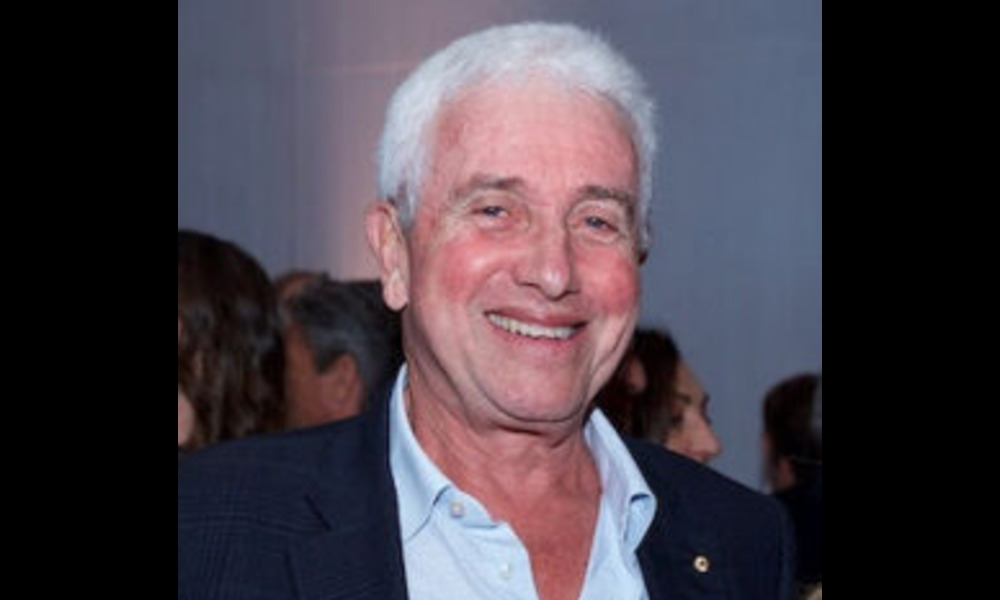UPDATES
More Iran deal loopholes/ The war on Syria’s hospitals
September 9, 2016
Update from AIJAC
Sept. 9, 2016
Update 09/16 #02
This Update looks at the implications of the revelation last week of a number of previously not publicly known loopholes or exceptions granted Iran in January as part of the implementation of the nuclear deal – as exposed by the the Institute for Science and International Security, a thinktank run by former International Atomic Energy Agency senior official David Albright.
First up is an editorial from the Wall Street Journal, detailing the exemptions granted Iran. These include allowing higher levels of low-enriched uranium and heavy water than agreed in the original agreement, if kept in certain forms or ways – as well as maintenance of 19 large radiation containment chambers, or hot cells, which can possibly be used for some nuclear weapons work. The newspaper questions US Administration denials that these exemptions will not allow Iran to skirt its commitments, noting that they seem to be part of a trend which amounts to allowing Iran to systematically weaken the agreement. For the newspaper’s complete argument, CLICK HERE
Next up is Israeli proliferation specialist Dr. Emily Landau, who argues these latest revelations about non-public exceptions are part of a larger pattern. She argues transparency about the deal and how it is working and monitored has been very lacking on a number of fronts, which she discusses in some detail – despite the claims about the importance of transparency from both the Administration and its supporters. She says today the debate about the Iran deal has shifted from its problematic provisions to the problematic attitude toward the deal by the Administration, with repeated instances of “unjustified lack of transparency, followed by unconvincing US excuses and explanations.” For Landau’s complete analysis of the transparency problem, CLICK HERE. Making some similar points about the “befuddling brand of secrecy” which has featured in the US approach to implementing the deal is Washington Institute expert Patrick Clawson.
Finally, the Economist magazine looks at one of the ugliest aspects of the parade of unspeakable ugliness which is the Syrian civil war – the effort by the Assad regime and its allies to target hospitals and other medical facilities in rebel areas. The magazine appears to make it clear that these attacks are deliberate, and have turned Syria’s hospitals into deathtraps, with 265 medical facilities hit since the conflict began. Further, it quotes experts who note that the ongoing attacks on hospitals, and lack of any serious international efforts to stop the attacks or hold those responsible accountable, means the norms of international law which forbid such conduct are being eroded, possibly permanently. For this additional glimpse inside the horrors of Syria, CLICK HERE. Meanwhile, American author and pundit Lee Smith argues that US refusal to act against the Assad regime’s atrocities can be traced back mainly to an Administration determination to preserve the nuclear deal with Iran, the Assad regime’s key backer, and collects several pieces of evidence to support his case.
|
|
|
|
|
|
|
Tags: Iran








